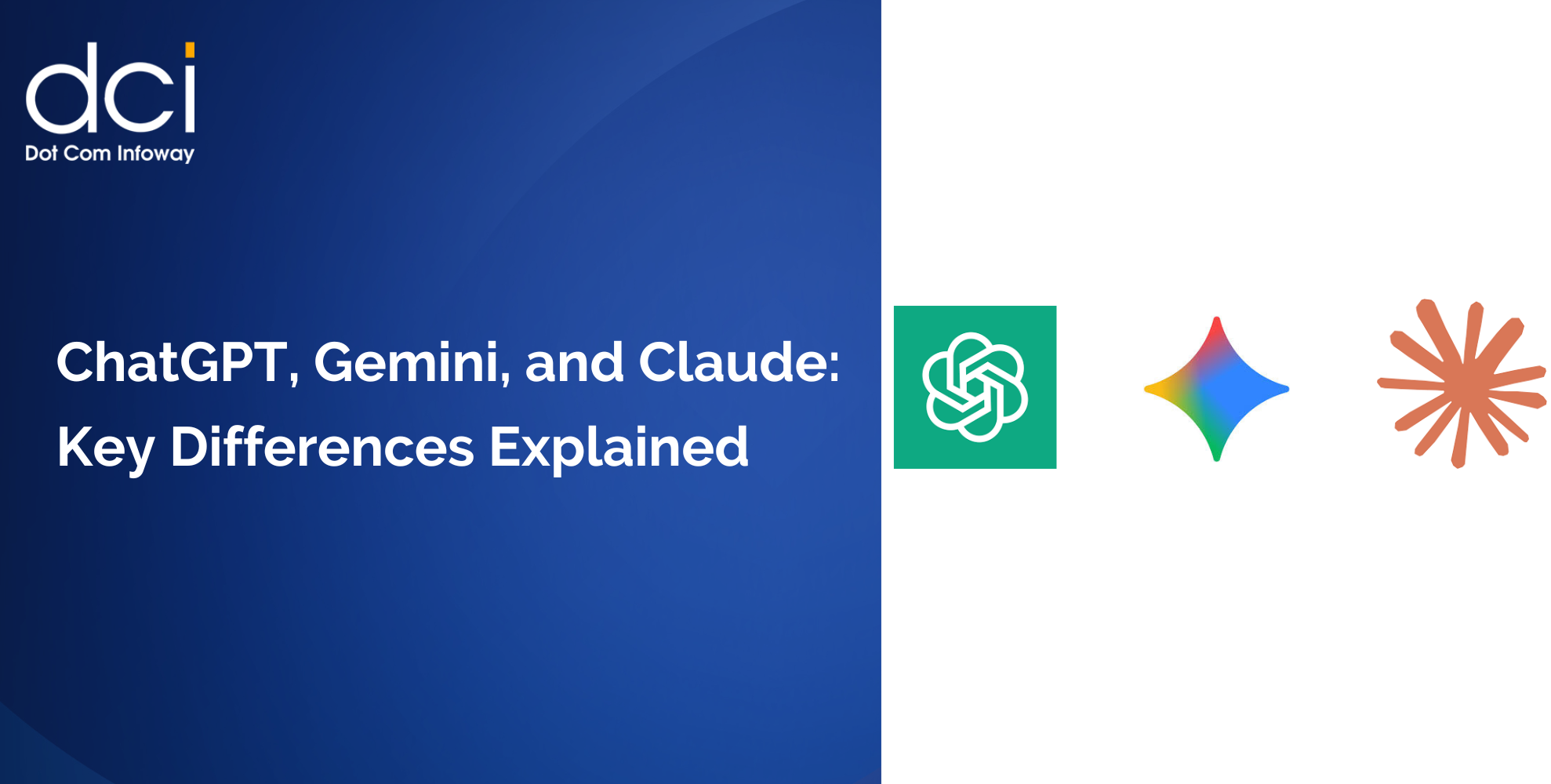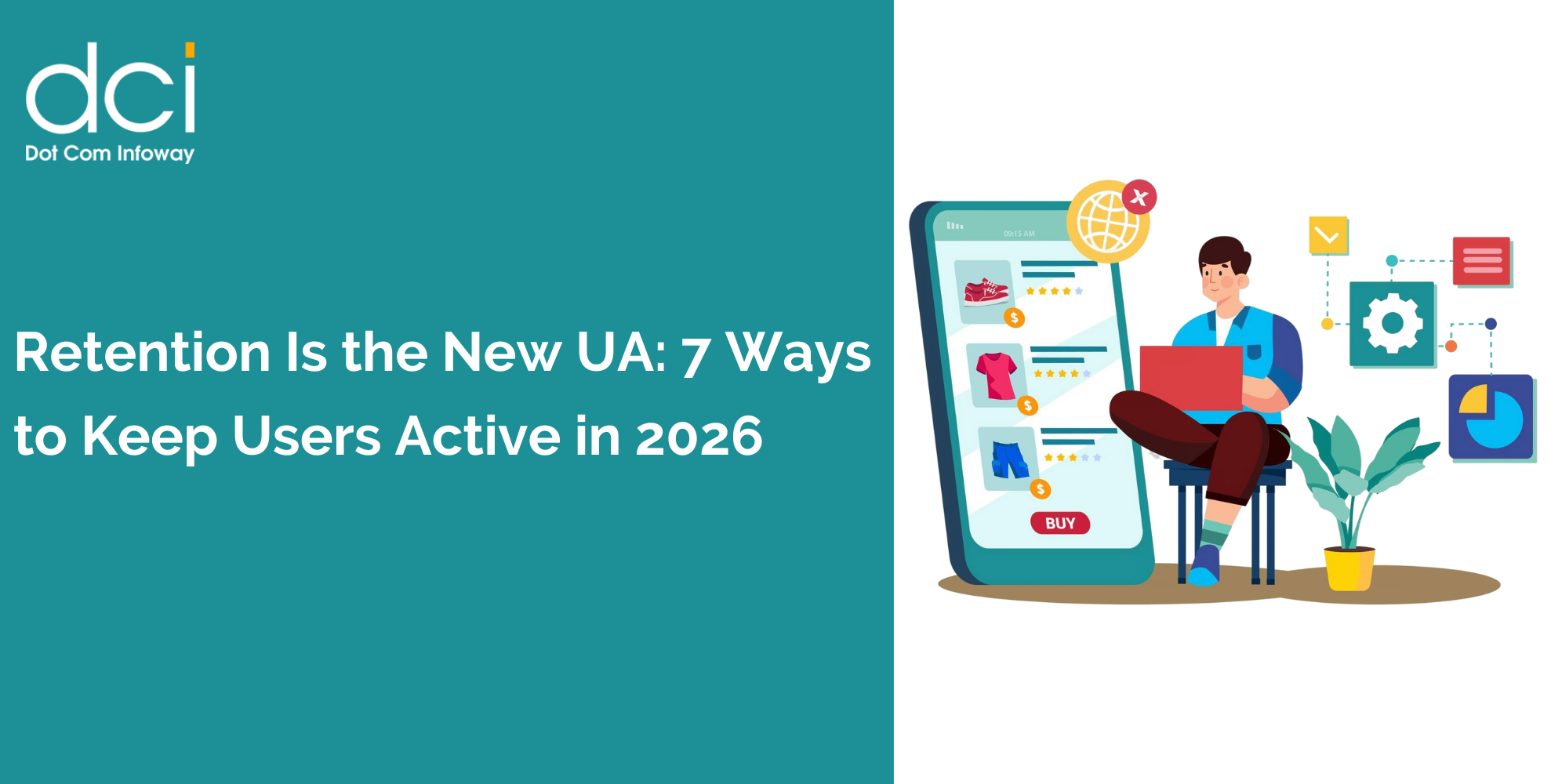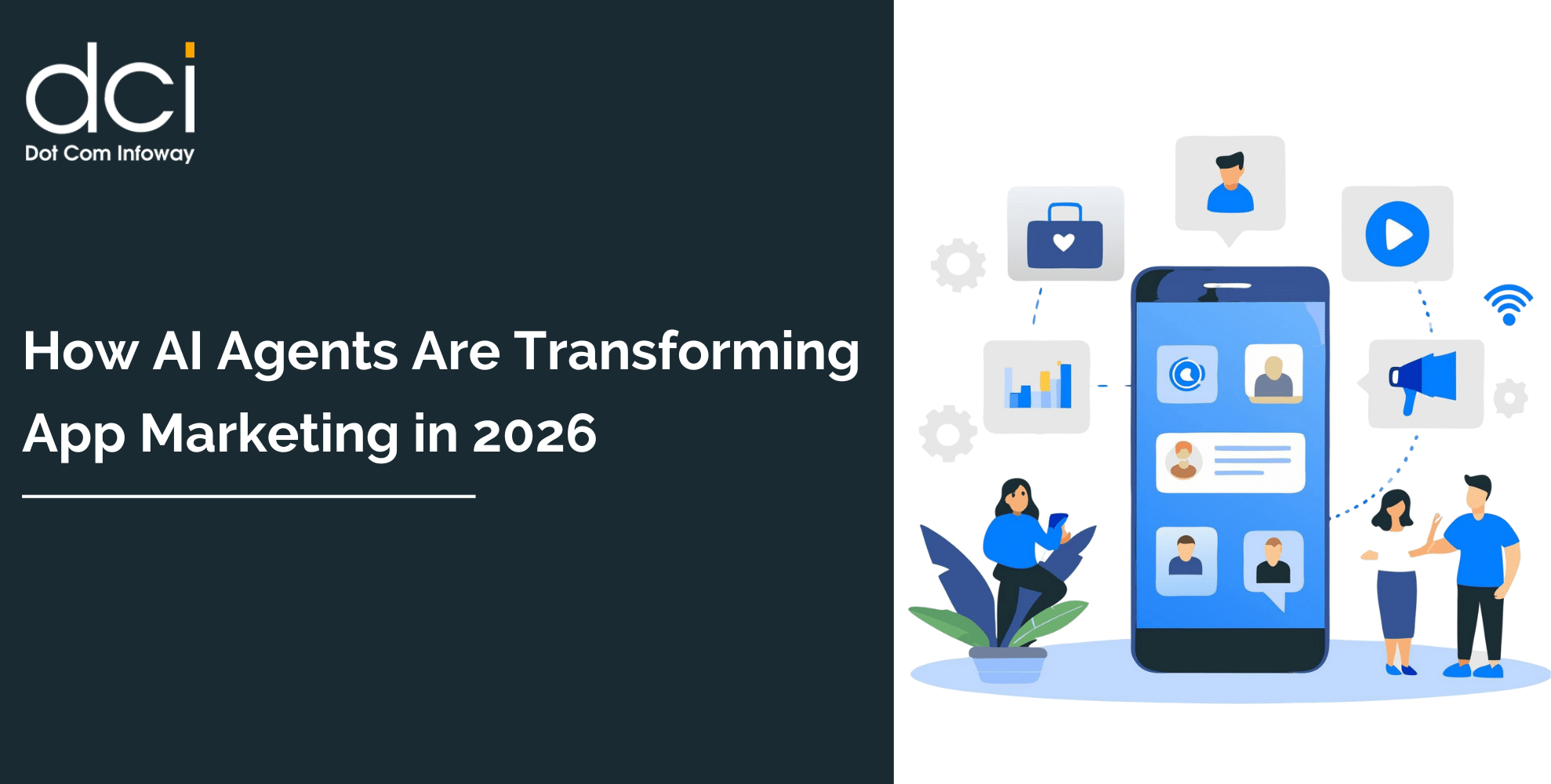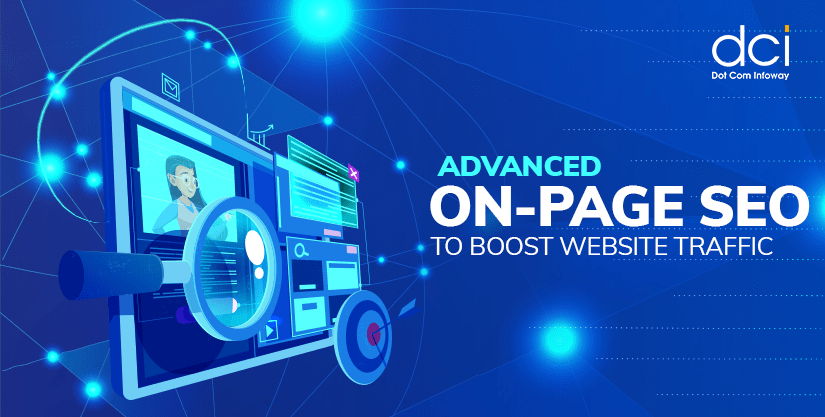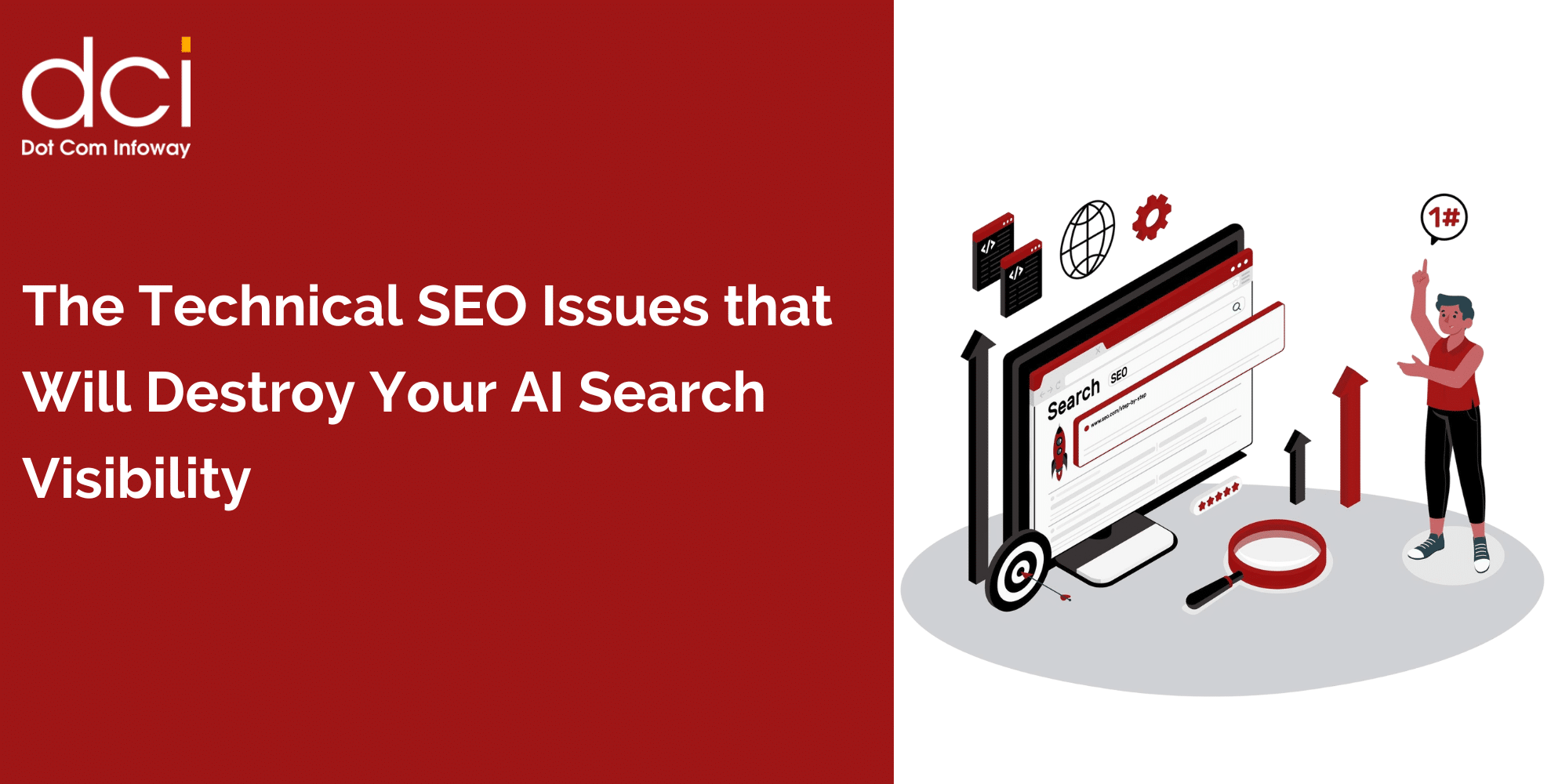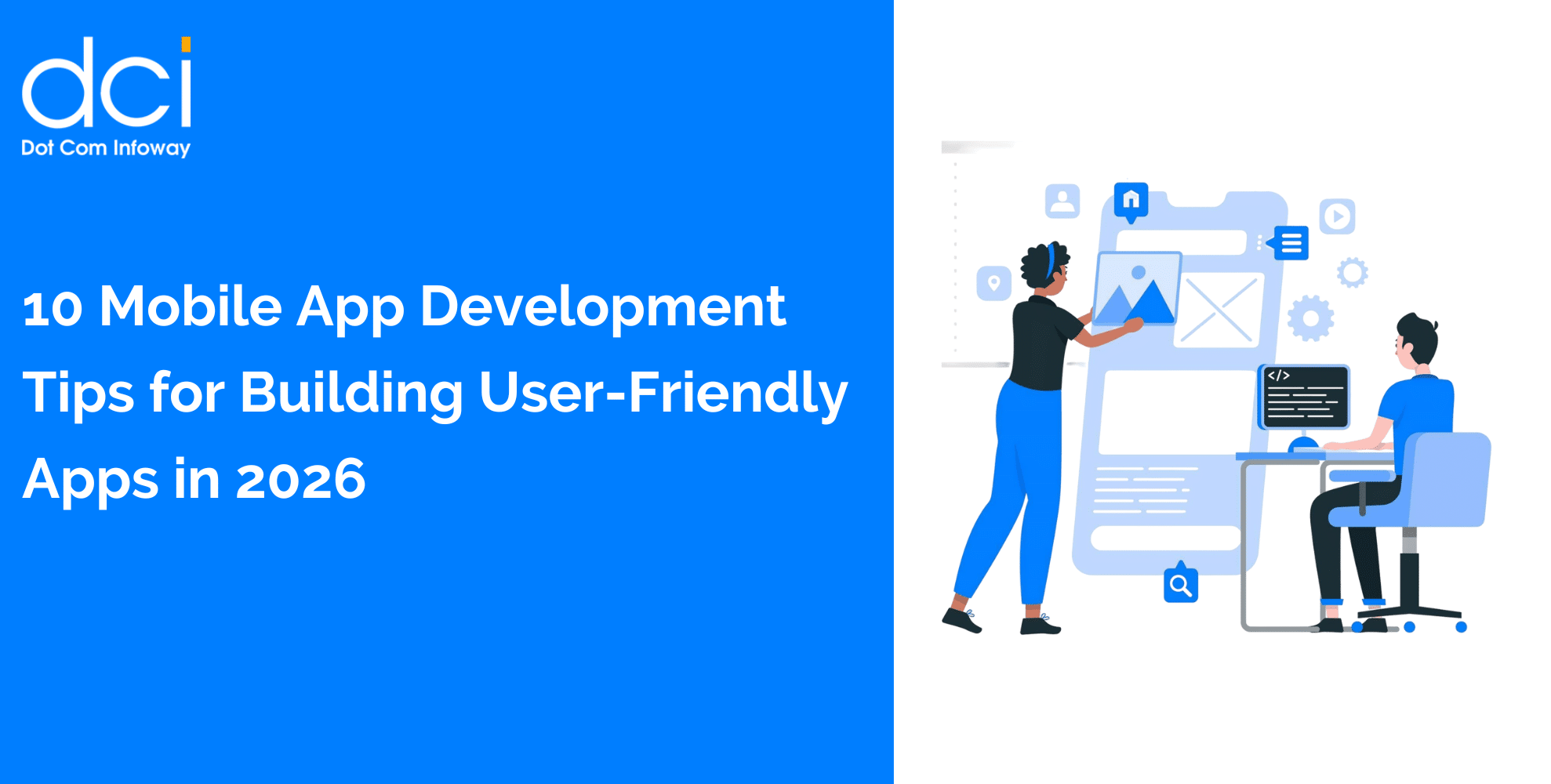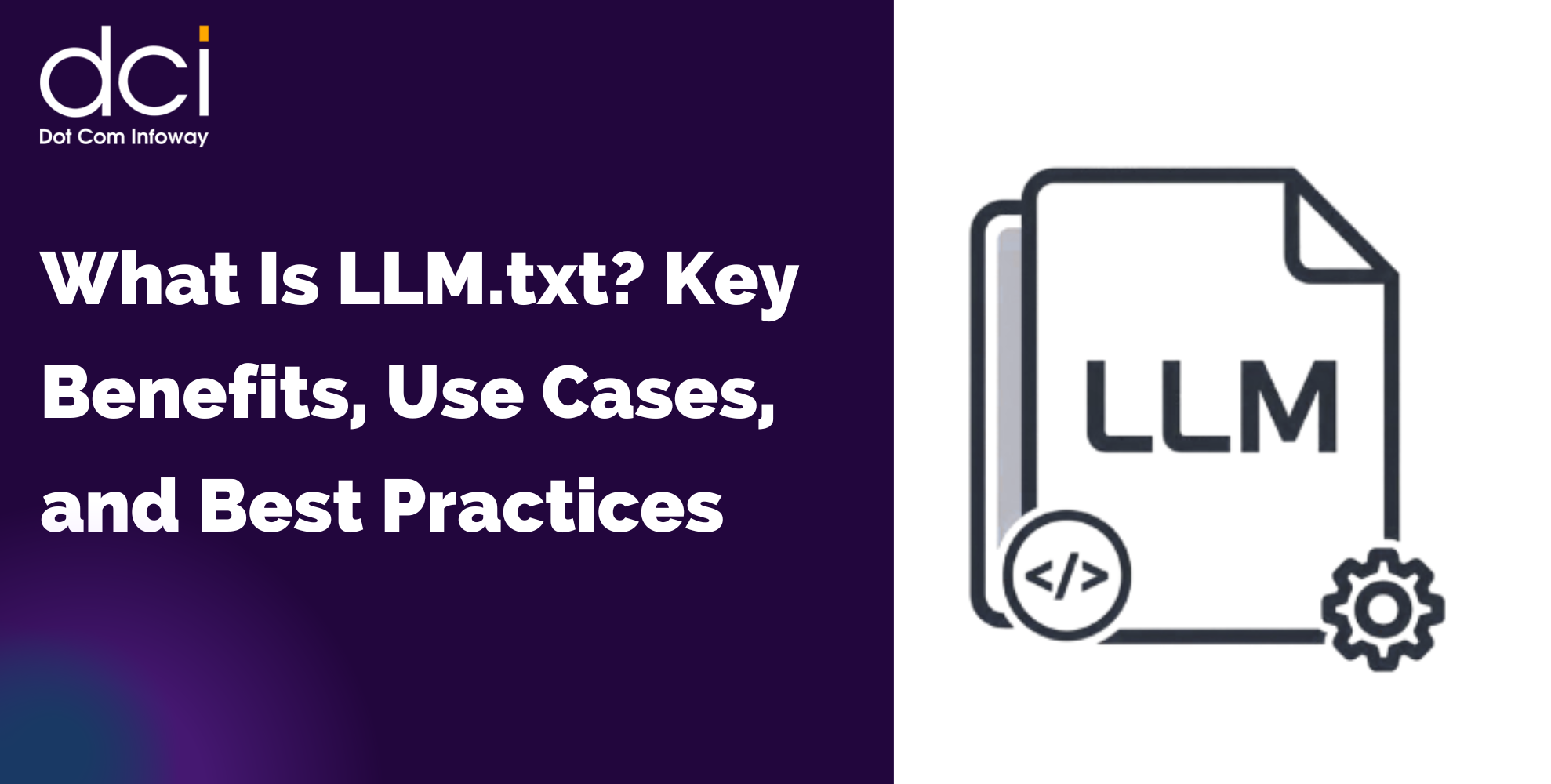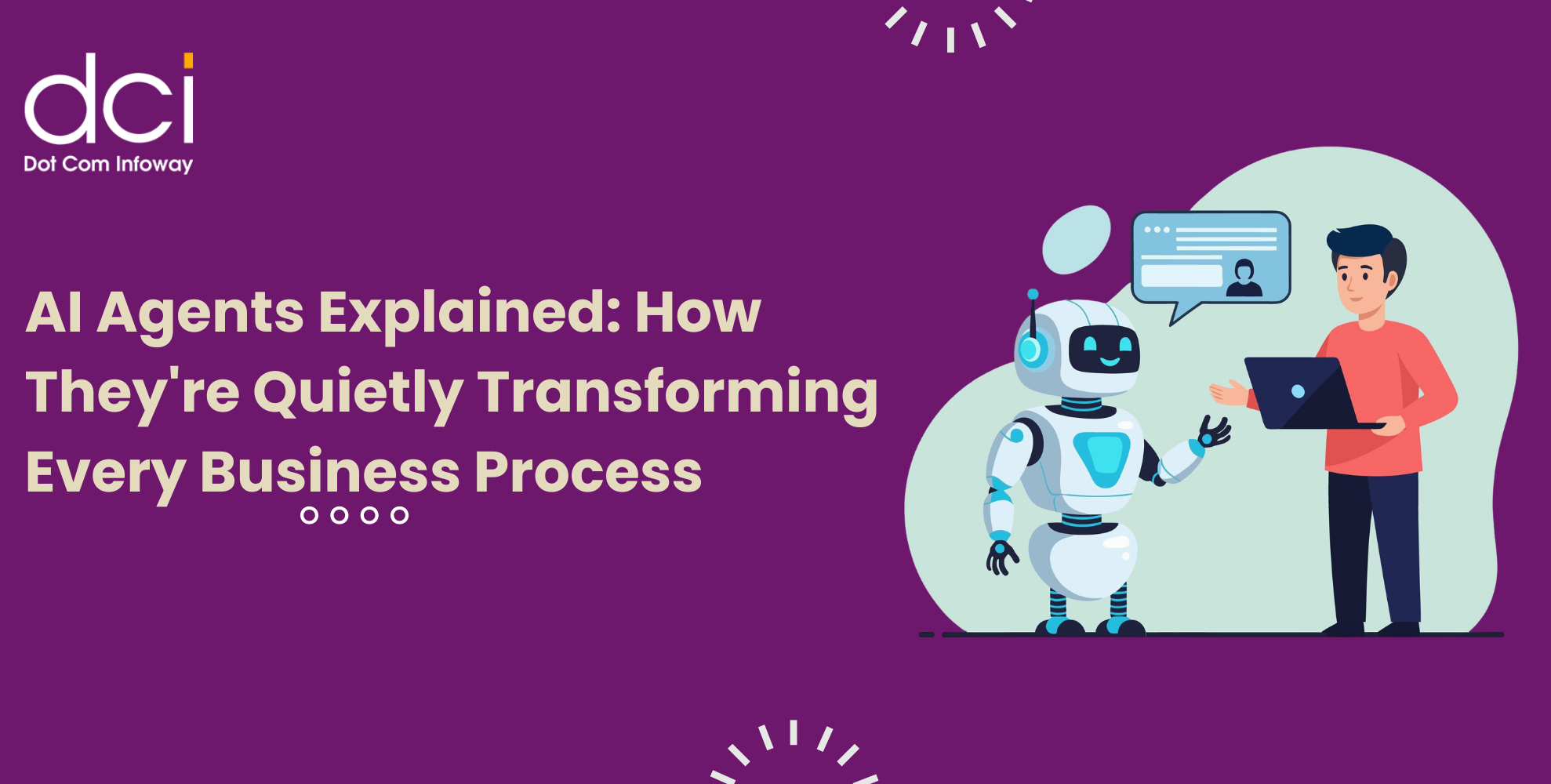Why Mobile Delivery Apps Are Reshaping Business Operations
The transformation goes beyond traditional food delivery. Today’s mobile delivery app ecosystem encompasses everything from healthcare services to professional consultations, creating new revenue streams previously unimaginable. As one industry analyst noted:
“The on-demand delivery market has accelerated business timelines by years, not months. Companies that would have taken decades to build distribution networks can now reach customers instantly.” – Industry Research Report, 2024
Modern consumers expect immediate gratification, and businesses are responding by developing sophisticated delivery app features that streamline operations while enhancing customer experience. The most successful companies understand that an on-demand delivery app isn’t just a tool—it’s a complete business transformation.
The Technology Behind Successful Delivery Apps
Building a successful on-demand delivery app for your business requires understanding the technological foundation that powers industry leaders. DoorDash’s success stems from its sophisticated logistics algorithms, while Uber Eats leverages machine learning to optimize driver routes and reduce delivery times.
The core technology stack typically includes:
Real-time tracking systems enable customers to monitor their orders from preparation to delivery, creating transparency that builds trust. GPS integration allows for accurate location services, while push notifications keep users engaged throughout the ordering process.
Payment processing integration has become increasingly complex, with successful apps supporting multiple payment methods including digital wallets, credit cards, and emerging cryptocurrencies. Security remains paramount, with encryption protocols protecting sensitive customer data.
Backend infrastructure must handle massive concurrent users, especially during peak hours. Companies like Instacart achieved their 2022 full-year goals in just three weeks during lockdown, demonstrating how scalable architecture becomes crucial during demand spikes.
Understanding Delivery App Development Costs and ROI
The financial landscape of delivery app development varies significantly based on scope and complexity. Industry reports indicate development costs ranging from $75,000 to $150,000 for a comprehensive platform, though this investment often pays dividends quickly.
Consider the case of Sprent, an on-demand delivery app that gained recognition as Apple’s first app to launch Apple Pay in Saudi Arabia. Within months of launch, Sprent achieved:
- 10,000 monthly active users
- Recognition as the best startup in the Logistics category by GESALO
- Sustainable revenue growth through strategic partnerships
The key to maximizing ROI lies in understanding your target market. Reddit discussions reveal that many entrepreneurs underestimate the importance of market research. One successful app developer shared:
“We spent three months just talking to potential users before writing a single line of code. That research saved us from building features nobody wanted and helped us focus on what actually mattered.”
Revenue Models That Drive Profitability
Successful on-demand delivery apps typically employ multiple revenue streams. Commission-based models remain popular, where platforms take a percentage of each transaction. However, innovative approaches are emerging:
Subscription models provide predictable revenue while offering customers value through reduced delivery fees and exclusive benefits. Amazon Prime’s success demonstrates how subscription services can increase customer lifetime value.
Advertising revenue from restaurants and service providers adds another income stream. Platforms can charge for premium placement, featured listings, and targeted marketing campaigns.
Data monetization (while respecting privacy) allows platforms to offer valuable insights to partner businesses about customer preferences and ordering patterns.
Essential Features for Business Delivery Apps
Modern business delivery apps must balance functionality with user experience. The most successful platforms focus on core features that directly impact customer satisfaction and operational efficiency.
User registration and authentication should be frictionless, supporting social media logins and phone number verification. Complex registration processes lead to abandonment, with studies showing each additional step reduces completion rates by 20%.
Search and discovery functionality helps users find exactly what they need quickly. Advanced filtering options, category browsing, and recommendation engines powered by machine learning enhance the user experience significantly.
Order management systems coordinate between customers, service providers, and delivery personnel. Real-time updates, modification capabilities, and clear communication channels reduce friction and improve satisfaction.
The checkout process deserves special attention. Payment integration must be seamless, supporting multiple methods while maintaining security. One-click ordering for repeat customers can significantly increase order frequency.
Market Analysis: Learning from Industry Leaders
The competitive landscape offers valuable insights for businesses considering on-demand delivery app development. DoorDash’s market dominance in the US didn’t happen overnight—it resulted from strategic partnerships with restaurants and aggressive expansion into suburban markets that competitors initially overlooked.
Uber Eats leverages its existing driver network from ride-sharing, creating operational efficiencies that smaller competitors struggle to match. However, niche players like Postmates (now part of Uber) succeeded by focusing on specific markets and unique value propositions.
International success stories provide additional lessons. Meituan in China generates $38 billion in revenue by integrating food delivery with other services like hotel bookings and movie tickets, creating a comprehensive lifestyle platform.
Regional Considerations and Market Entry
Geographic factors significantly impact delivery app features and business models. Urban markets typically favor speed and variety, while suburban areas prioritize reliability and family-friendly options.
Weather patterns affect delivery demand, with cold climates showing higher winter usage and warm regions maintaining steady year-round activity. Successful apps adapt their marketing and operational strategies accordingly.
Cultural preferences shape menu offerings and payment methods. In markets where cash remains king, apps must support cash-on-delivery options. In tech-savvy regions, cutting-edge features like AI-powered recommendations become competitive advantages.

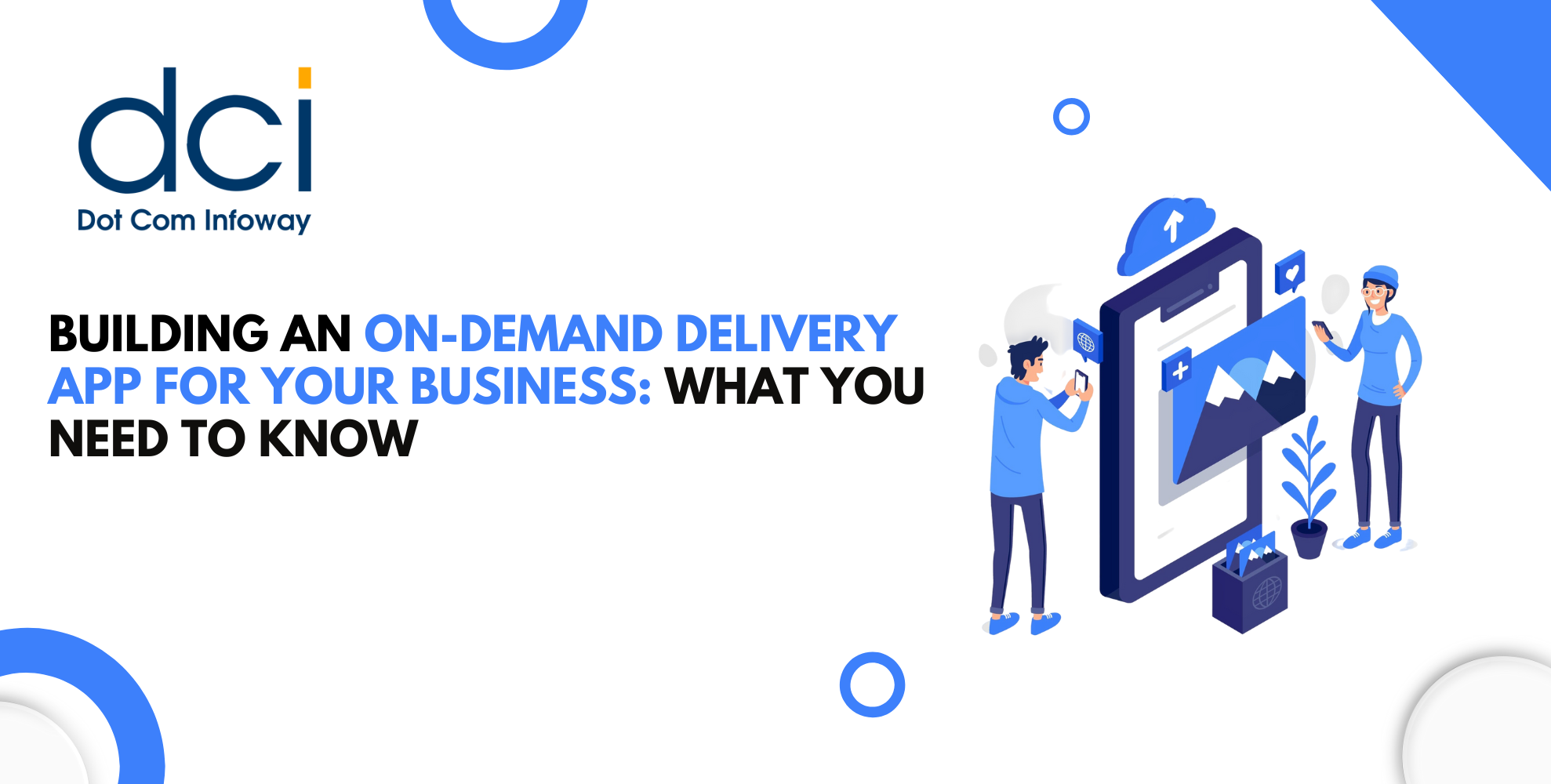


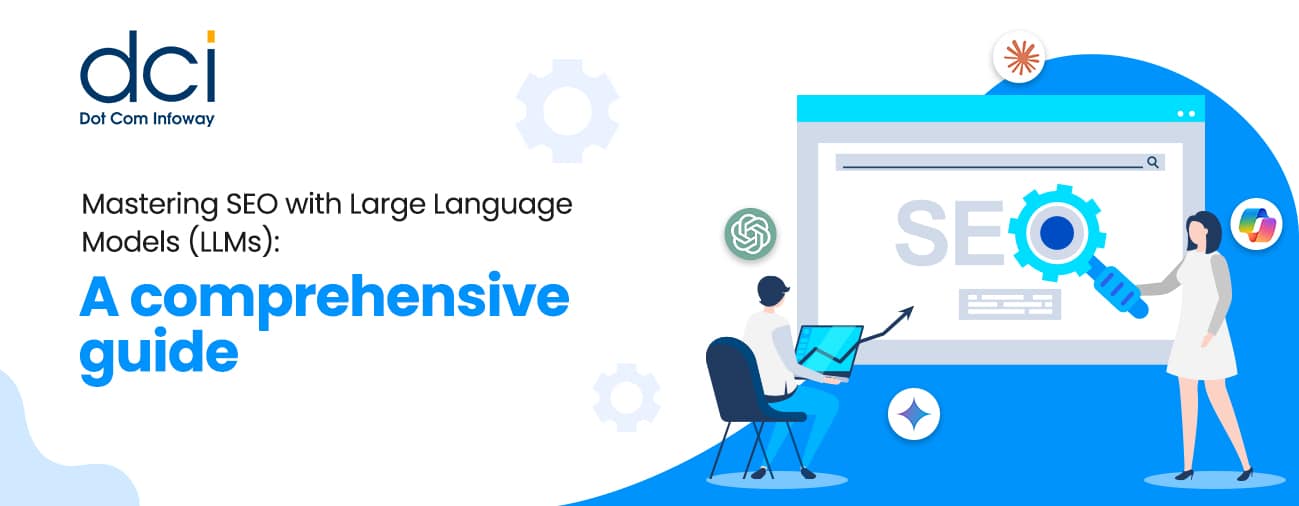
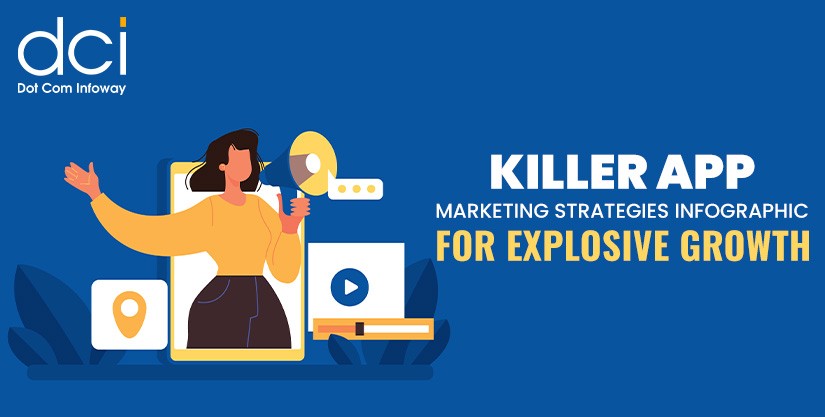

![The Game Marketing Guide: Pre and Post-Launch Strategies [Infographic]](https://www.dotcominfoway.com/wp-content/uploads/2023/09/DCI-Game-Marketing-blog-1.jpg)
